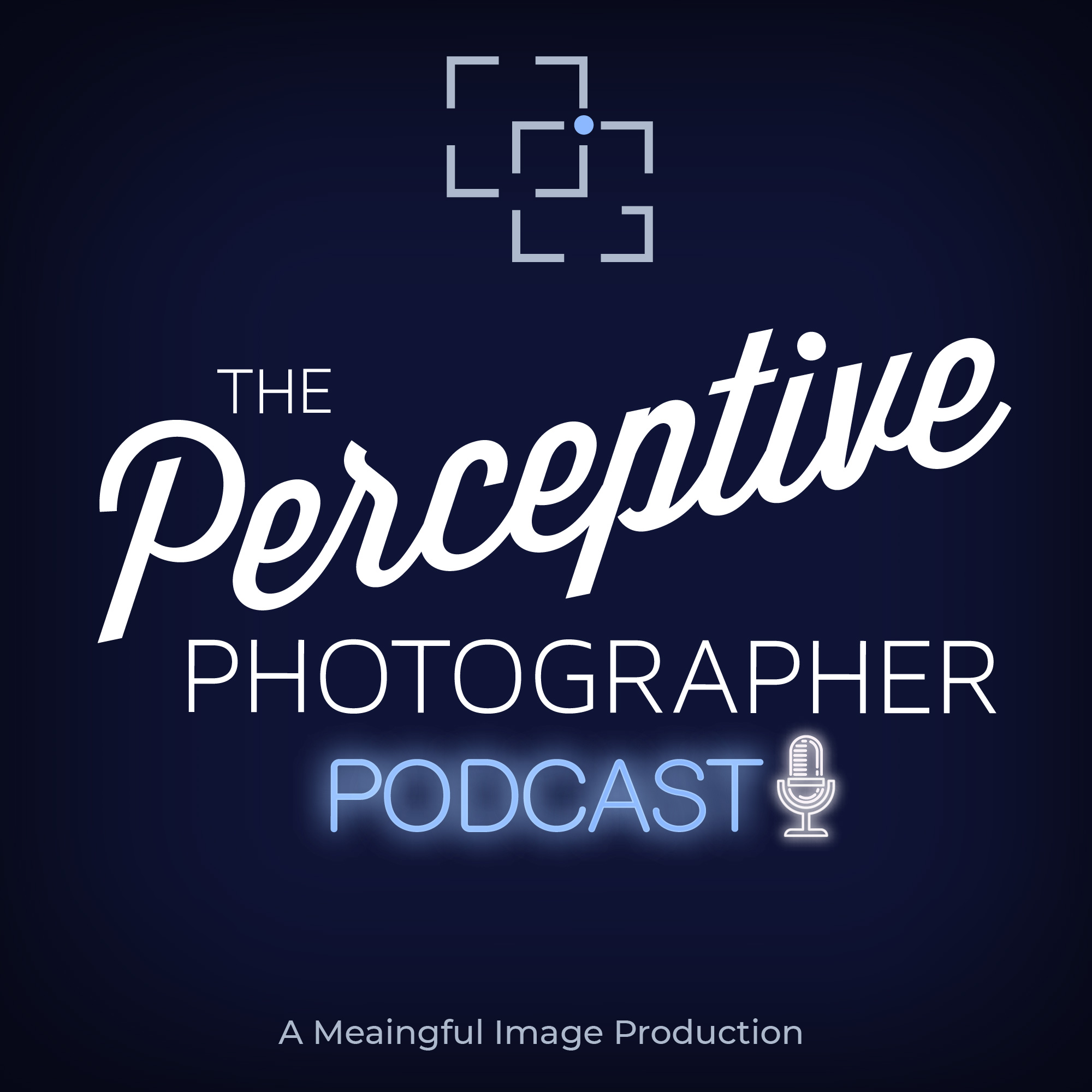I am a huge science junkie, but I have never been able to handle the math necessary to make it something more than an interest. I love to read all the books that explain the science but remove the math. Books like Godel, Escher and Bach, The Elegant Universe and other have always fascinated and inspired me.
One of my favorite stories is about Schrödinger’s cat. Erwin Schrödinger explains the nature of a quantum superposition with a cat. You place a cat, a vile of poison, and a radioactive element into a box and close the lid. In the box is a hammer and Geiger counter. If the Geiger counter detects a single radioactive decayed atom, it drops the hammer to release the poison which kills the cat. The superposition is that until we open the box, we don’t know if the cast is dead or alive, so it is both. Once we observe the cat, the superposition collapses, and the state of the cat is now the reality.
I got to thinking about how much of our photography and creative practice is based on the duality of our work, our response to our work and the very nature of photography are a lot like Schrödinger’s cat. Much of what we struggle with in our photography are things that exist in two or more states and only until we actually commit to the work, practice and understanding do they become clear and actionable.

